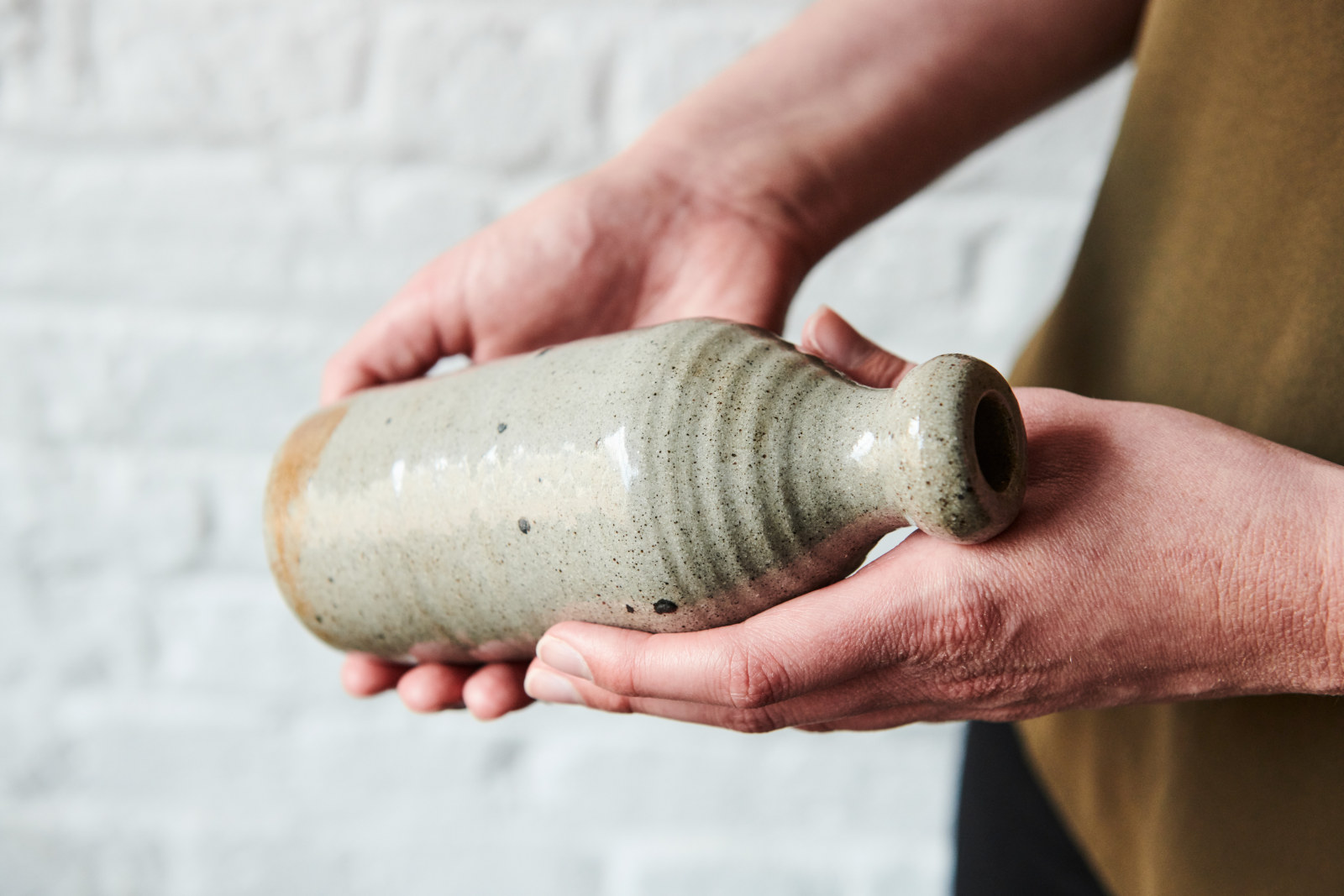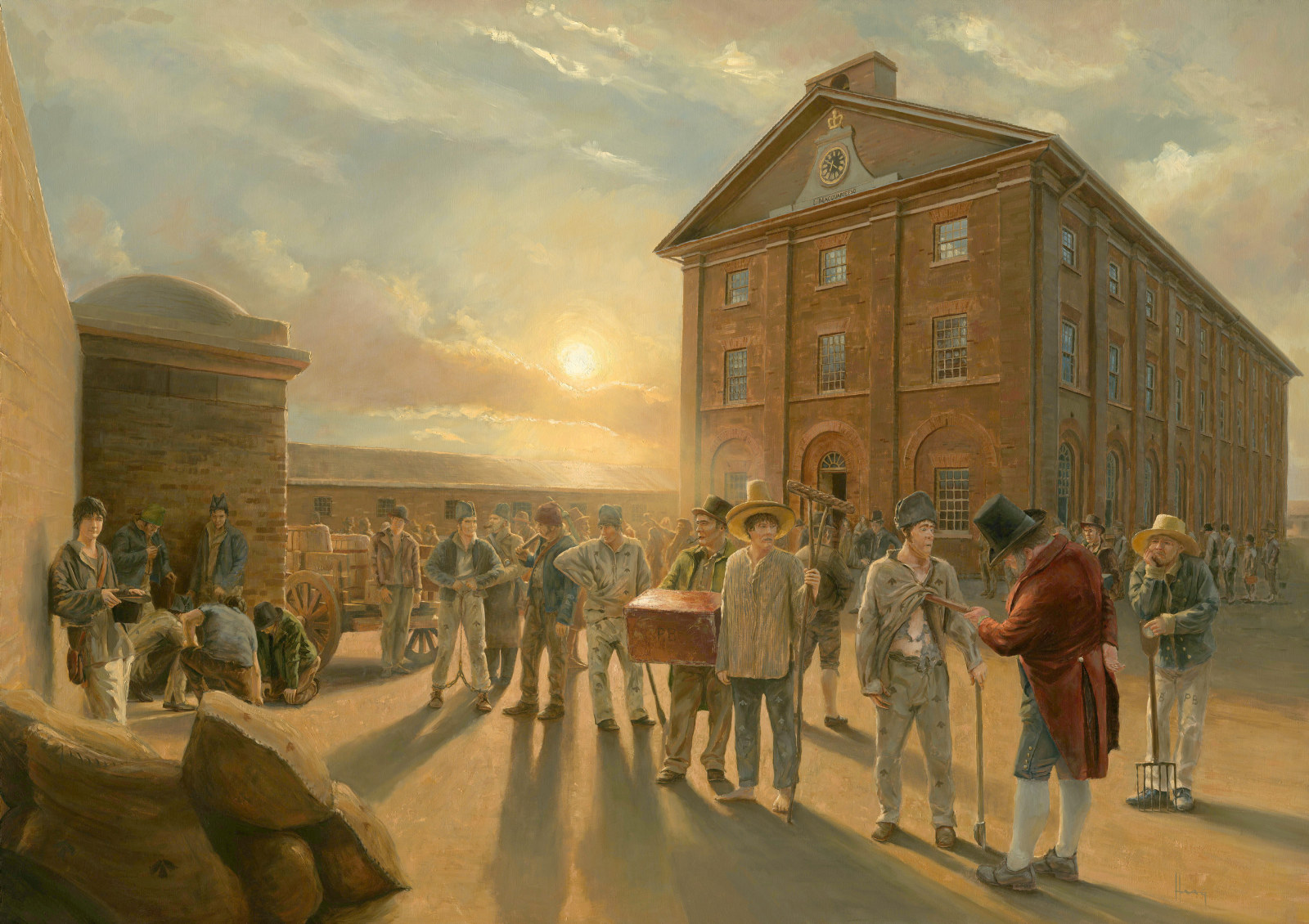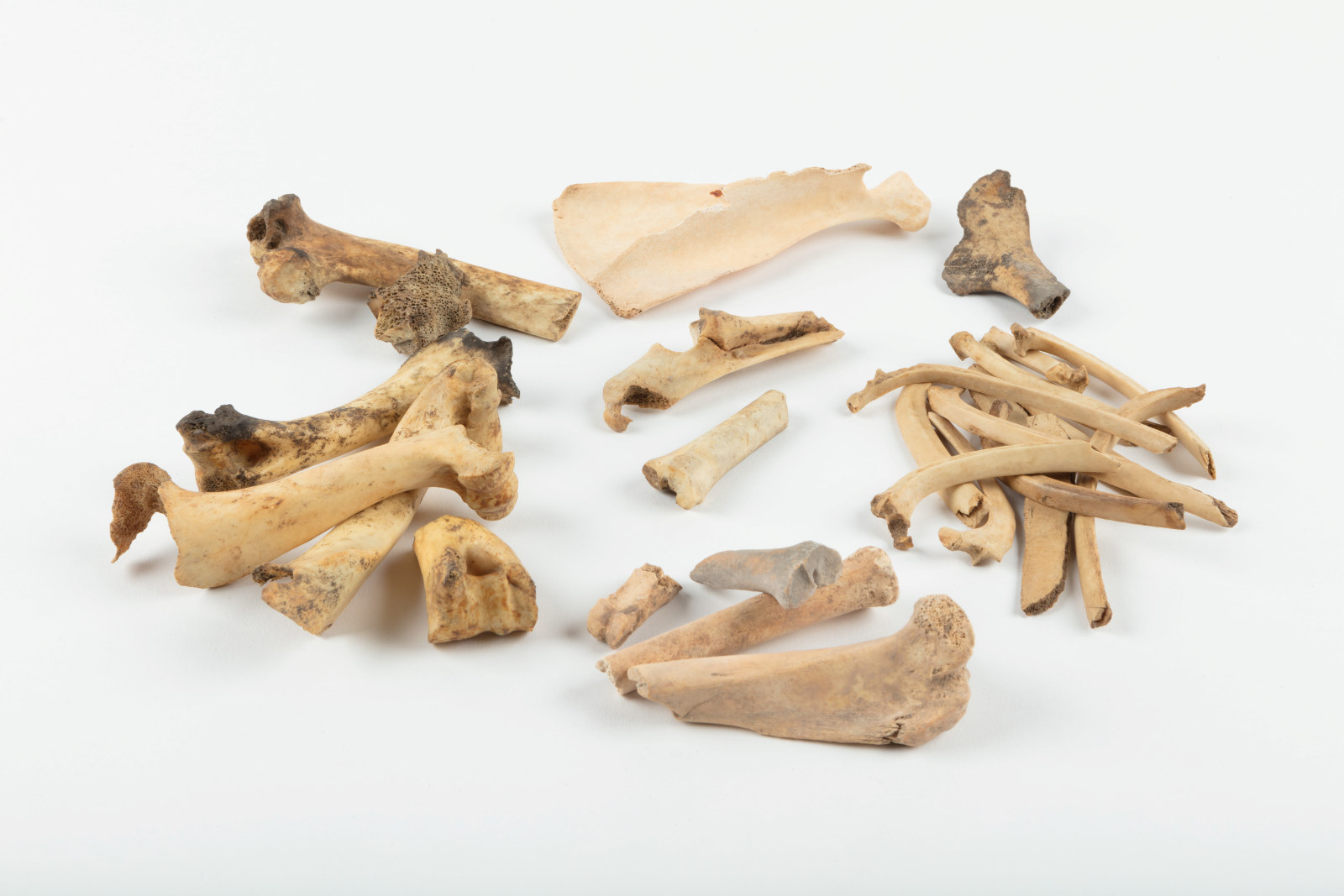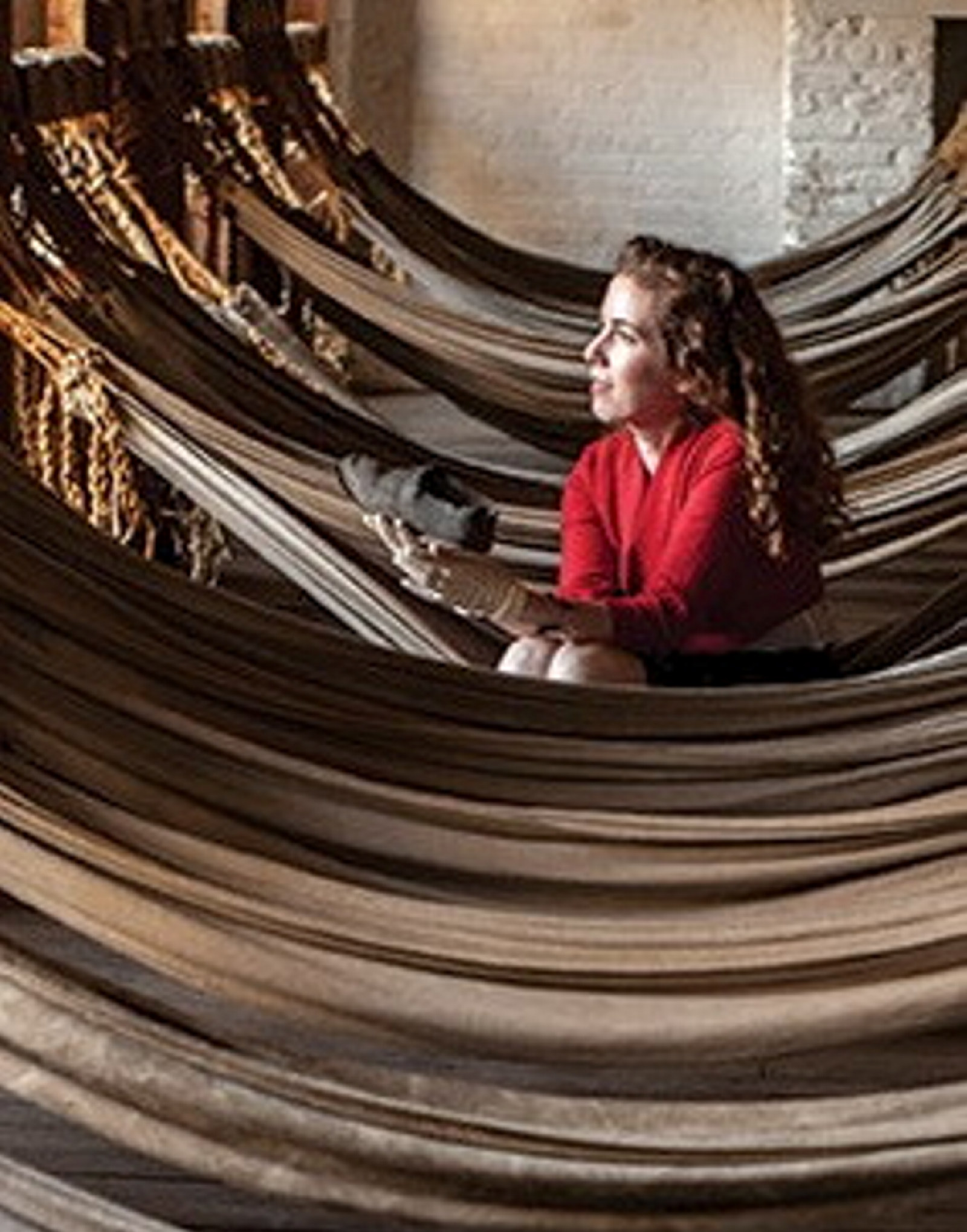Who were the Hyde Park Barracks convicts?
Pick-pockets and pirates, confidence tricksters and conspirators, rebels and rascals – between 1819 and 1848, Hyde Park Barracks had them all.
While the stories of thousands of individuals have been lost or forgotten forever, some names keep reappearing in the official records, which is allowing us to piece together stories of some of the unfortunate individuals and colourful characters who spent time at the Barracks. Occasionally we can even look some of them in the eye, through incredibly rare photographs and artist’s portraits.
Why did they come to the Barracks?
About 80,000 convicts were sent to New South Wales between 1788 and 1849,[1] and we estimate that after Hyde Park Barracks was opened in 1819, at least 50,000 of these convicts passed through its gates. After being landed from the transport ships arriving in Sydney Cove, many convicts were marched up through the Governor’s Domain and mustered in the Barracks yard before being assigned to work for private employers, or held at the Barracks if they had skills the colonial government needed. Barracks convicts slept in the dormitories strung up with hammocks, and went out each day to work in gangs on government roads, docks, quarries or building projects. Other convict men and women came from around the colony to stand trial at the Barracks Bench, or Court of General Sessions. The unlucky ones also suffered brutal punishment in solitary confinement and on the flogging triangle behind the eastern compound wall.
Where did they come from?
The convicts were a motley crew, hailing from all parts of Britain and her colonies around the world. Of those convicts sent to NSW, about 60 per cent were English, 30 per cent Irish, and the other 10 per cent were Scottish, Welsh and from other parts of the British Empire.[2] We even know some convicts who came from places as exotic as South Africa, Jamaica, Canada, Portugal and Prince of Wales Island (now Malaysia).
Why were they transported to NSW?
The convicts who passed through the Barracks were transported for many different crimes, ranging from the most daring highway robbers and murderers to those born into extreme poverty, who committed petty crimes such as stealing food in order to stay alive. The vast majority of convicts were pickpockets, petty thieves, robbers and tricksters, but there were also political protesters and conspirators, machine breakers, notorious runaways, Greek pirates, rebellious Jamaican slaves, forgers, deserter soldiers, bank robbers, and murderers.
Were there some famous convicts?
A few convicts who came to Hyde Park Barracks were famous or notorious, even in their own time, including poet Francis Macnamara, bushrangers Lawrence Kavanagh and William Westwood, murderer John Knatchbull, Khoi chief David Stuurman, writer Charles Adolphus King, and hangman Alexander Green. Gentleman convict James Hardy Vaux became famous for being transported three times to New South Wales, and for writing a book of the slang ‘Flash’ language that the convicts spoke to undermine the authorities.
What skills did they have?
The convicts who stayed at the Barracks were selected to work for the government because they had special skills, trades or professions, and could provide the government with all the skills necessary to build the colony. There were bakers, brickmakers, boatbuilders, shoemakers, stonemasons, blacksmiths, weavers, carpenters, miners, potters and clerks, and just about any other trade you can name. Three quarters of the English convicts could read, or read and write, and the Irish convicts were on average less educated, but all convicts tended to better educated than the general working population in England.[3]
What happened to them?
In the colony, their lives unfolded for better or for worse. Most convicts were well-behaved and soon gained their freedom through hard work and obedience, but some convicts just couldn’t stay out of trouble. The records are full of names of individuals who committed repeat offences, who were thrown into solitary confinement, sentenced to walk on the treadmill, or to be flogged on the triangle outside the Barracks wall. Some even became notorious escapees, gamblers, swindlers, bushrangers and murderers. These convicts were banished from Hyde Park Barracks to more brutal places of secondary punishment, where they suffered the full range of severe punishments that the colonial government had to offer, some spending the rest of their lives in prison.
Footnotes
[1] See C. Bateson, The Convict Ships, 1787-1868, A.H. & A.W. Reed, Sydney, 1959, p9. and L.L. Robson, The Convict Settlers of Australia, Melbourne, Melbourne University Press, 1965, p170.
[2] S. Nicholas and P. Shergold, ‘Convicts as Migrants’, in Nicholas, S. (ed) Convict Workers: Reinterpreting Australia’s Past, Cambridge: Cambridge University Press, 1988, p45.
[3] S. Nicholas and P. Shergold, ‘Convicts as Workers’, in Nicholas, S. (ed) Convict Workers: Reinterpreting Australia’s Past, Cambridge: Cambridge University Press, 1988, p63.
Published on
Convicts
Browse all
Learning resources
Explore our range of online resources designed by teachers to support student learning in the classroom or at home

Convict Sydney
Convict Sydney
From a struggling convict encampment to a thriving Pacific seaport, a city takes shape.

Resource
What work did convicts do?
There was a huge amount of work to do around the town of Sydney, and most of it was done by convicts who did lots of different jobs

Resource
What food did the convicts eat?
In 1820, the convicts living at the Hyde Park Barracks would have been woken at sunrise by the ringing of a bell in the yard
